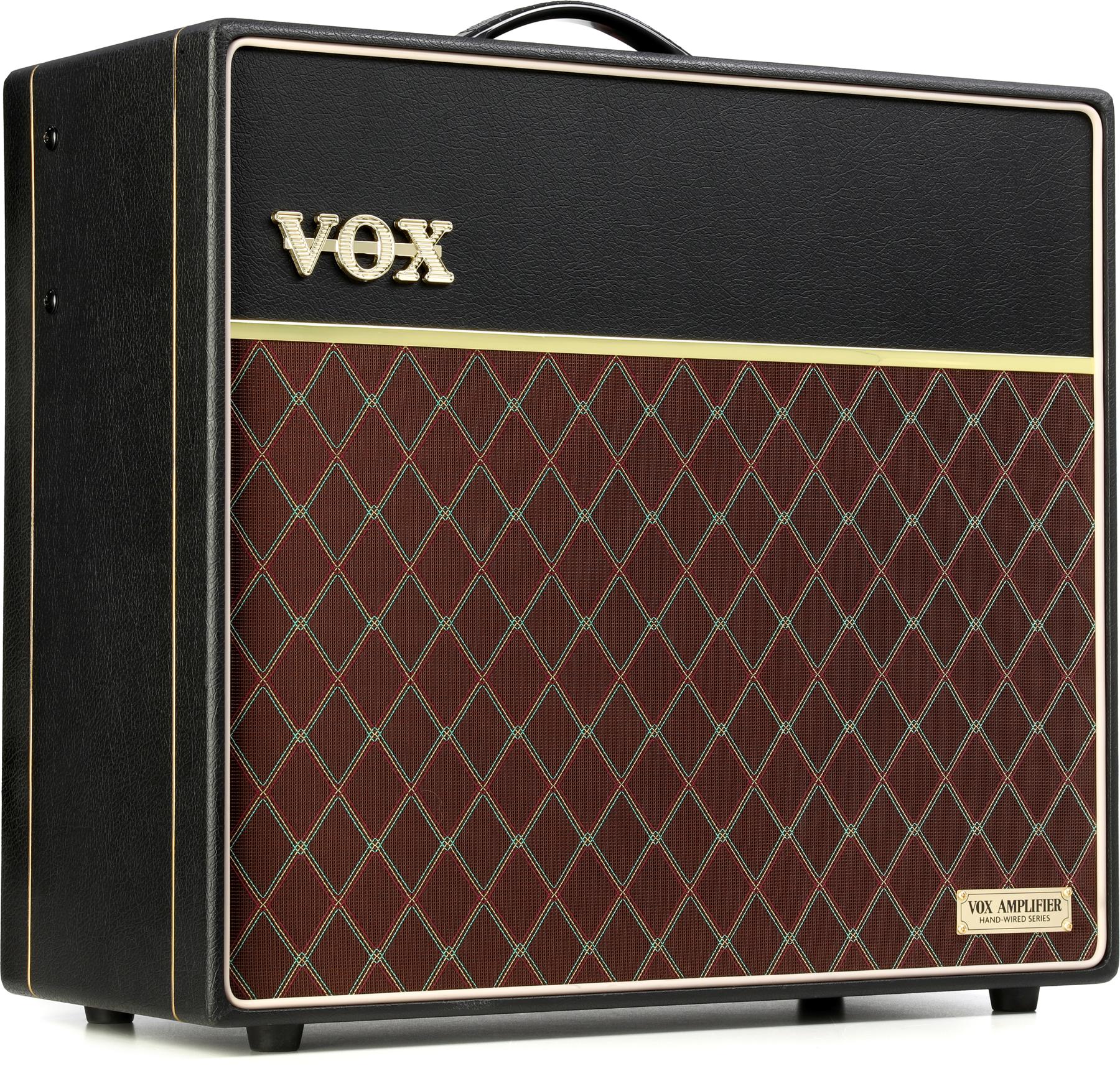Robert Keeley marries the best of two beloved green machines in one smart box.
The Keeley Noble Screamer handsomely combines many attributes of Ibanez Tube Screamer- and Nobels ODR-1-style circuits. Neither of those iconic green machines need much introduction. Both aesthetically and sonically, the Tube Screamer is one of the most recognizable pedals in the effects pantheon, and the ODR-1’s anecdotal honorifics (“The secret weapon of Nashville session players!”) and concretized list of evangelists (Guthrie Trapp! Tom Bukovac!) are practically part of the pedal’s name. But through the use of switchable clipping and tone control profiles, the compact, clever Noble Screamer makes it possible to blend and switch between flavors from both green giants.
Greening Out
The Noble Screamer’s style is minimalist and striking. It marks the debut of Keeley’s new sloped aluminum housing, which looks great and feels sturdy. The Grinch-green brushed aluminum knobs look bold and easy to read against the black enclosure too. Like the TS and ODR-1, the all-analog Noble Screamer features knobs for volume, gain, and tone. But the Noble Screamer has toggles under the latter two pots that alter their respective functions considerably. Flipping the switch under the gain knob to TS mode engages soft-clipping diodes. Switching the toggle below the tone knob to TS-mode gives the user control of a low-pass filter. In OD modes, the circuit switches to hard-clipping diodes, and the tone controls sweeps from flat EQ to boosted bass and treble in the fashion of the ODR-1’s “spectrum” control. This simple switching scheme yields a lot of different flavors. The pedal can also move between buffered and true bypass switching by pressing and holding the footswitch. It’s a smart, flexible, and practical feature.
Mix and Match
The Noble Screamer sounds delightful across the board. With both toggles in TS mode and all knobs at noon, you get soft grit with great note definition and a tight midrange focus. And while TS pedals are famous for sweet low-gain tones, all-Screamer settings beckon you to max the drive control and unlock the circuit’s smooth, singing distortion. Adding output volume at these settings brings a touch more width, and the low-pass filter moves easily between spiky and silky.
Flicking the switches to OD mode with identical settings brings a very noticeable volume boost and more pronounced bass response and fullness. Compared to the TS settings, you’ll either find it a touch dark, or pleasantly alive, depending on your taste. The hard-clipping diodes make OD mode a much nastier proposition, and you can easily push the pedal to thick distortion. I preferred keeping the tone and gain around 1 o’clock, and the volume between noon and 3 o’clock, depending on how loud and rude I wanted to get. The tone control’s sweep is impressively useful in its OD “spectrum” guise as well. You can access a lot of high-end clarity, and it doesn’t overdo the ODR-1’s signature low-end thunder. In low-gain settings, the OD mode is predictably large sounding. But the best low-gain/boost sounds might be those that blend the soft clipping of TS mode with the OD tone section. These tones are especially smooth, broad, and clear.
I don’t know that mixing and matching the circuits is necessarily better than each on its own, but it certainly offers a different palate of sounds. With the tone set for OD and the drive in TS you can stretch the bass and treble capabilities of the TS’s gentler, more targeted overdrive bite. Reverse the switches and you’ll get the TS’s more focused mid-range punch with harsher, heavier distortion. For my tastes, the OD tone/TS drive combo was the most pleasing. It’s big and punchy without ever getting harsh, and the boost from the OD tone circuit makes the TS drive a bit more commanding.The Verdict
While you could conceivably get a Tube Screamer and ODR-1 for the same price as the Noble Screamer, the high-quality, USA-built Keeley is a more flexible solution that takes up half the space. True, the overdrive sounds here are largely familiar. But the Noble Screamer is a smarter, cooler, and more versatile way to access and reshape those bedrock tones.






















